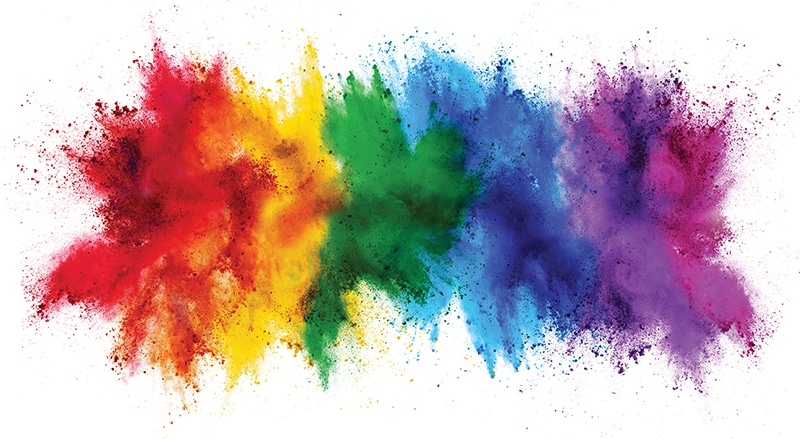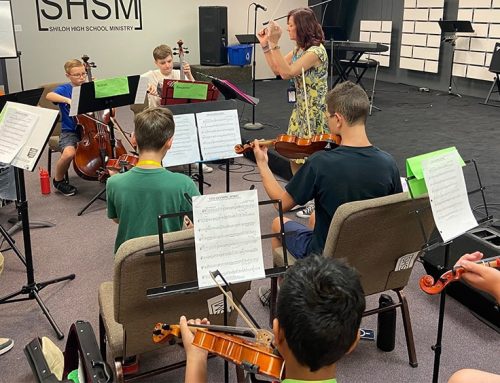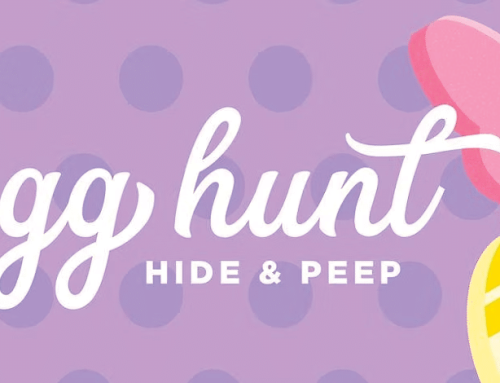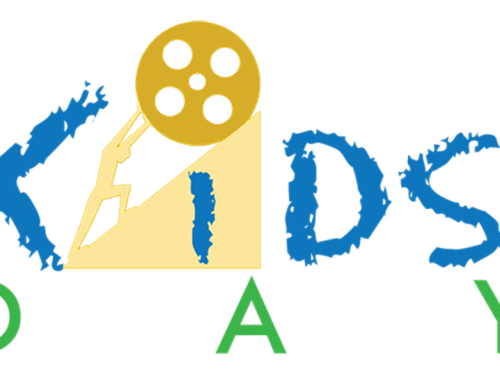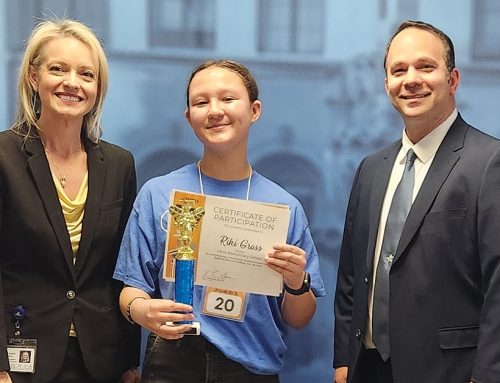By Sari Custer
This is a project that will get your (color) wheels spinning! There are seven colors in the visible light spectrum: red, orange, yellow, green, blue, indigo, and violet (ROY G BIV). When all seven colors of light combine they produce white light. The colors of objects appear the way they do because of how they interact with light. When an object appears red, it absorbs every color of visible light except red, which it reflects. Thus, how light is absorbed and reflected in relation to these objects is what determines their color.
Supplies
• 1 paper plate or piece of cardstock paper
• 2 rubber bands
• 1 pencil
• 1 pair of scissors
• 1 set of crayons (in ROYGBIV)
Challenge
• Draw a circle with a 4-in diameter on the plate
• Use the pencil to mark the center of the circle
• Cut the circle out from the paper plate
• Mark seven evenly spaced sections on your circle
• Color each section of the circle using the crayons, each section being a different color
• Using your pencil, poke a hole through the middle of the circle
• Secure the pencil in the middle of the circle using the rubber bands
• Spin the top
Ask yourself some questions
What are the colors of the rainbow? What colors do you think are in white light? What happened to your top when you spun it? How did the colors change? Would this experiment work using a different color plate? Why or why not? How does speed change how the colors change?
Before doing this activity – did you think there was a science to color? Colors are just one of many ways we see art and science connect. Many times art can be inspired by science, and sometimes science needs art to help explain complex ideas and happenings. Can you think of any other ways or places art and science connect?
Sari Custer is a lifelong science junkie, Chief Curiosity Officer at Arizona Science Center, and mom to daughter Carson, 7. Follow her on Twitter and Instagram @SariOnScience.

